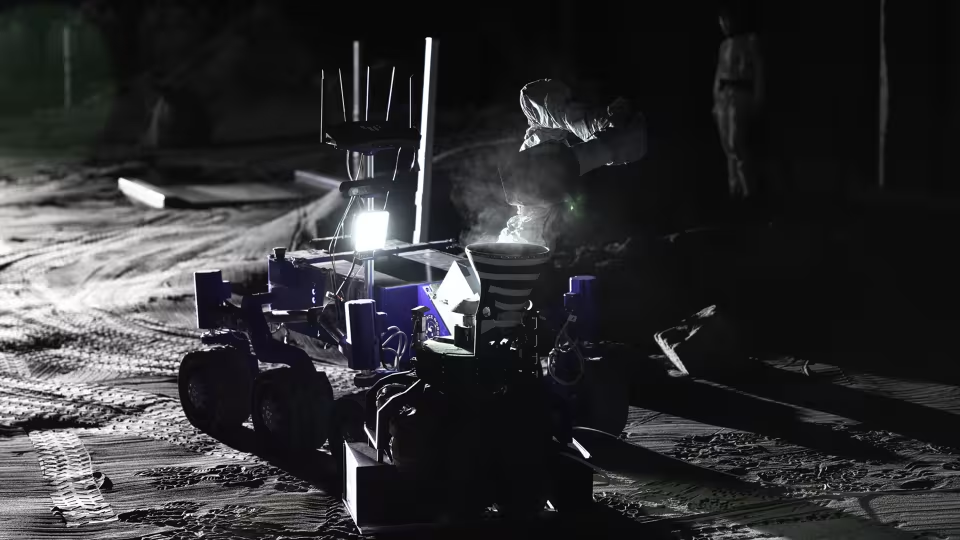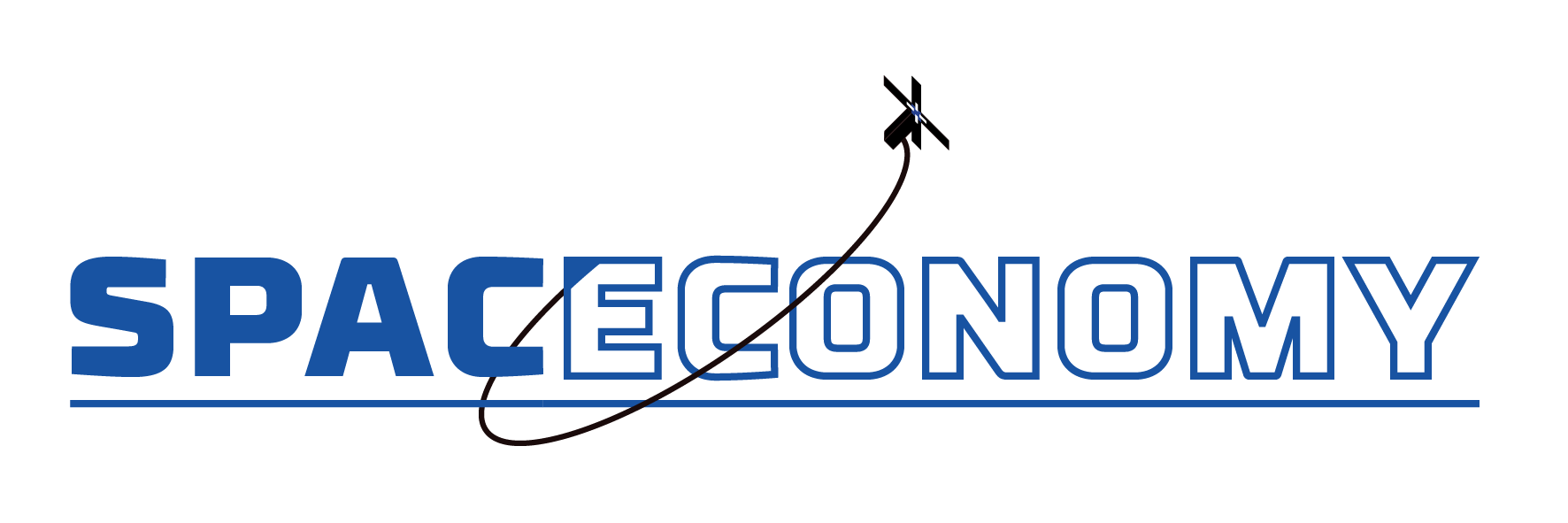Second Space Resources Challenge: from concept to reality at LUNA

Last year, ESA invited innovators across Europe to join the second Space Resources Challenge, a competition designed to accelerate technologies that will help humankind live and work sustainably on the Moon.
Last week, that challenge culminated in a field test lasting several days at the ESA-DLR LUNA facility in Cologne, Germany, where eight teams demonstrated robotic systems capable of collecting and processing lunar soil, known as regolith. The participating teams came from six countries—Canada, Denmark, Germany, Luxembourg, Poland and the United Kingdom—highlighting the global collaboration driving forward lunar exploration.
A vision for sustainable exploration
The Space Resources Challenge is part of a long-term strategy to develop In-Situ Resource Utilisation (ISRU) technologies. ESA launched the challenge in 2024 in partnership with the Luxembourg Space Agency and the European Space Resources Innovation Centre (ESRIC).
ISRU refers to the use of local resources, such as lunar regolith and water ice, to produce oxygen, fuel and construction elements that would reduce reliance on costly resupply missions from Earth.
The first edition of the challenge focused on prospecting lunar resources. This second edition shifted the focus to collecting and processing lunar soil to extract oxygen.
